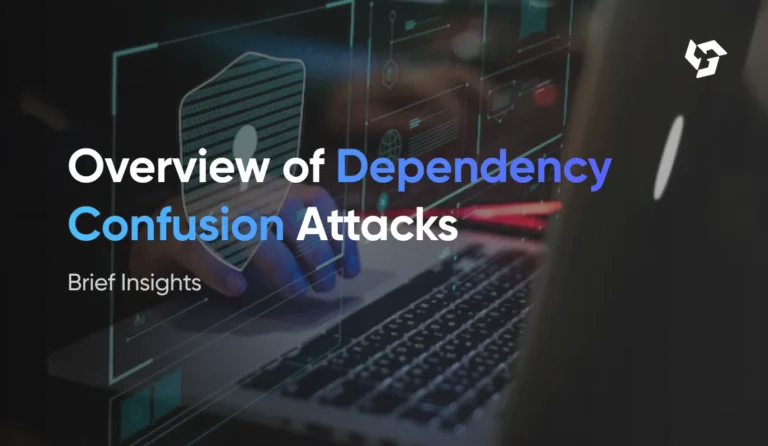Insecure Random Number Generation – Predictable Values Weaken Security
Introduction
Random number generation (RNG) is a fundamental aspect of cryptography, authentication, and secure systems. When implemented correctly, RNG ensures that cryptographic keys, session tokens, and other security-critical values remain unpredictable. However, insecure random number generation can lead to predictable values, severely weakening security.
Attackers often exploit weak RNG to bypass authentication, hijack sessions, or decrypt sensitive data. This blog explores the dangers of insecure RNG, real-world examples, and best practices to mitigate risks.
Why Randomness Matters in Security
Randomness is crucial in:
- Cryptographic keys – Weak randomness leads to crackable encryption.
- Session tokens – Predictable tokens enable session hijacking.
- Password salts – Poor salts make brute-force attacks easier.
- Initialization vectors (IVs) – Predictable IVs weaken encryption.
If an attacker can guess or reproduce “random” values, security mechanisms fail.
Common Causes of Insecure Random Number Generation
1. Using Non-Cryptographic RNGs
Many programming languages provide basic RNGs (e.g., rand() in C, Math.random() in JavaScript) designed for simulations, not security. These use deterministic algorithms, making them predictable.
Example (Insecure):
javascript
Copy
Download
// Weak: Predictable random number const weakToken = Math.floor(Math.random() * 1000000);
2. Seeding with Predictable Values
If an RNG is seeded with a known value (e.g., current time), attackers can replicate the sequence.
Example (Vulnerable Seed):
python
Copy
Download
import random random.seed(12345) # Fixed seed → Predictable output print(random.randint(0, 100))
3. Insufficient Entropy Sources
Weak entropy sources (e.g., timestamps, PIDs) lead to low randomness. Cryptographic RNGs should use high-entropy sources like:
- Hardware noise (Intel RDRAND)
- OS entropy pools (
/dev/randomin Linux) - User input latency
4. Reusing Random Values
Reusing nonces, IVs, or keys in encryption (e.g., AES-GCM with fixed nonces) breaks security.
Real-World Exploits Due to Weak RNG
1. The Debian OpenSSL Disaster (2008)
A bug in Debian’s OpenSSL patch removed entropy sources, making keys predictable. Attackers could guess SSH and SSL private keys.
2. Sony PS3 Security Breach (2010)
Sony reused the same random value (k) in ECDSA signatures, allowing hackers to extract private keys.
3. Blockchain Wallet Vulnerabilities
Some wallets used weak RNG for private keys, leading to thefts.
Best Practices for Secure Random Number Generation
1. Use Cryptographically Secure RNGs
- C/C++:
getrandom(),/dev/urandom - Python:
secretsmodule - Java:
SecureRandom - JavaScript (Node.js):
crypto.randomBytes()
Example (Secure):
python
Copy
Download
import secrets secure_token = secrets.randbelow(1000000)
2. Properly Seed Your RNG
Use high-entropy sources:
c
Copy
Download
// Linux: Reading from /dev/urandom
FILE* f = fopen("/dev/urandom", "rb");
unsigned int seed;
fread(&seed, sizeof(seed), 1, f);
fclose(f);
srand(seed);
3. Avoid Custom Implementations
Never roll your own crypto. Use well-audited libraries like:
- OpenSSL
- Libsodium
- Bouncy Castle
4. Regularly Test for Predictability
Use tools like:
- Dieharder (statistical randomness tests)
- NIST SP 800-22 (RNG validation)
Conclusion
Insecure random number generation is a silent killer in cybersecurity. Predictable values lead to broken encryption, stolen sessions, and compromised systems. By using cryptographically secure RNGs, proper seeding, and avoiding common pitfalls, developers can safeguard applications against these risks.
Always audit your RNG implementations and stay updated with security best practices.






